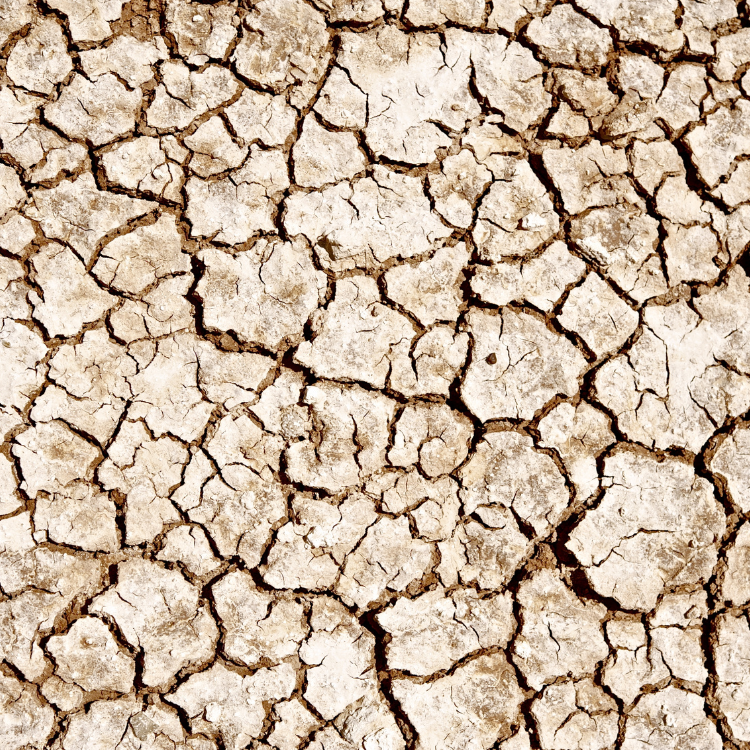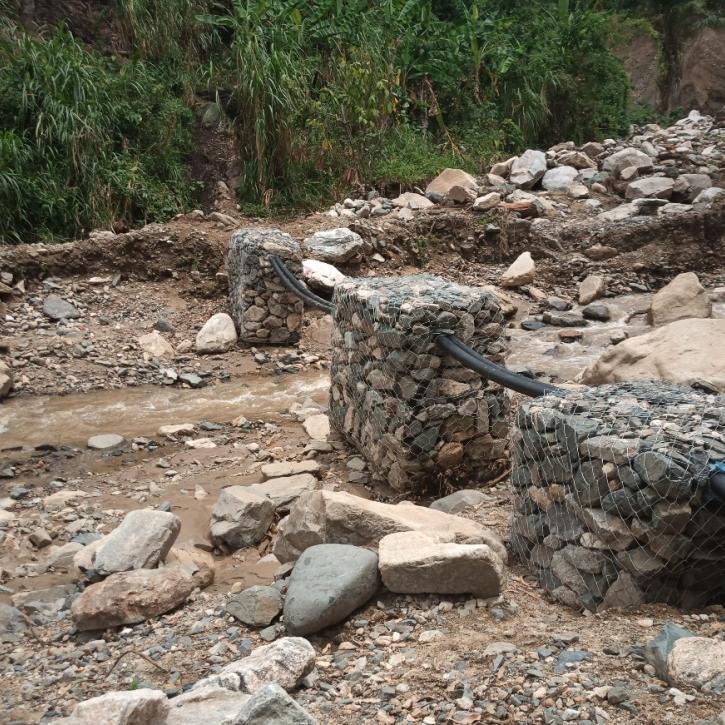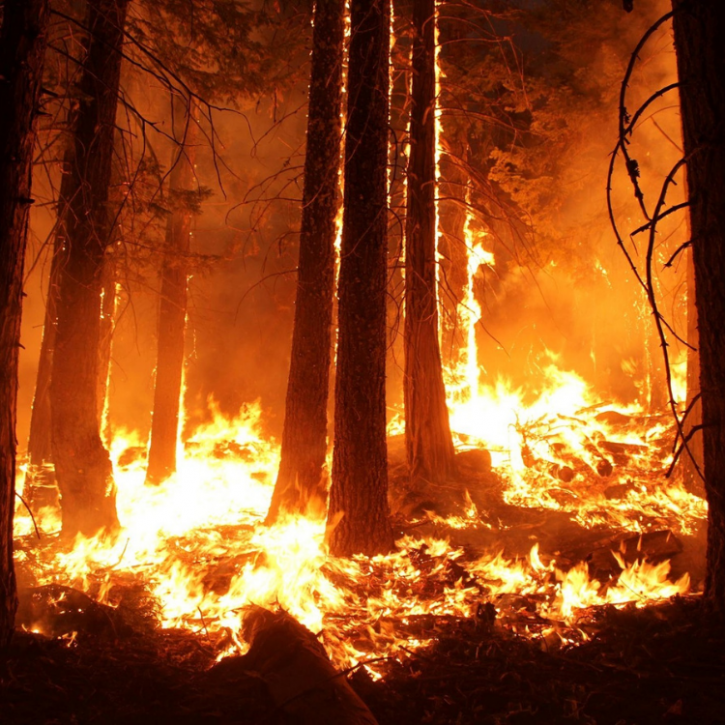

Future changes in Aridity Index at two and four degrees of global warming above preindustrial levels
Title: Future changes in Aridity Index at two and four degrees of global warming above preindustrial levels
Authors: Xiaoxin Wang, Dabang Jiang, Xianmei Lang
Journal: International Journal of Climatology
URL: https://doi.org/10.1002/joc.6620
The continuous emission of greenhouse gases into the atmosphere has led to global warming since the industrial revolution. By the end of the 21st century, it is projected that the global mean surface air temperature will increase by 0.3–4.8°C, relative to the mean of 1986–2005. Future global warming is expected to result in a series of threats to the environment, including ecosystem degradation, and the sustainable development of the economy and society. Several scenarios of global warming, relative to the preindustrial period, have attracted much attention, such as 1.5°C, 2°C, and 4°C. In this paper, through using data from multiple climate models, Wang et al. (2020) indicate that the global mean temperature increases of 2°C and 4°C, relative to the preindustrial levels, would be most likely reached in the years 2042 and 2084, respectively. At that time, the global mean terrestrial annual precipitation and potential evapotranspiration (representing the evaporative demand of the atmosphere) are projected to increase, and the aridity index (AI) is projected to decrease (indicates drier conditions). Here AI is defined as the ratio of the annual precipitation to potential evapotranspiration, which is a quantitative indicator for the background climatological dryness or wetness of the land surface at given climate conditions. Most notably, decreases in AI occur in northern high latitudes and the magnitude of the decrease in AI increases with the global warming intensity. According to the classification of wet and dry subtypes, at the 2°C and 4°C warming levels, the semi-arid regions expand most, followed by the arid regions. Changes in AI are determined by potential evapotranspiration in northern high latitudes, and thermodynamic factors contribute most to the potential evapotranspiration changes. This work provides stakeholders and decision-makers with scientific support to combat with climate change.




